
O’Nan does a good job of demonstrating the tentative way in which each maneuvers around the other in conversation and shared space, which demonstrates the unspoken pain between them and the tentative hope that they can find something to spark a passion they thought they once had and maybe even shared. However, through the oscillating narration between Art and Marion, readers soon discover that they have very different takes on what this Valentine’s Day trip is about, with Art hoping to save his marriage and Marion waiting for it to end so she can move on.
“They weren’t good liars, they were just afraid of the truth and what it might say about them. They were middle class, prey to the tyranny of appearances and what they could afford, or dare, which was part of the problem.” (page 1)
More than anything, The Odds is about deception. Art is deceiving himself that he can erase his past transgressions and right the wrongs with a Valentine’s Day trip to Niagara Falls and can remedy their financial situation with gambling. Marion is deceiving herself that Art will accept that she wants a divorce and to move forward. We deceive ourselves about our motivations, our emotions, and our dreams, but how long can we deceive ourselves and others before there are consequences? Midway, there is a deeply ominous feel to the book as a horse-and-carriage ride brings with it a couple tales of daredevils who needed rescuing after going over the falls and lovers who were parted by a freak thaw in 1912 that washed them away on the American side of the falls.
The Odds by Stewart O’Nan is not a typical love story, but in a way it is similar to how love stories come about, through chance and taking a risk. In the end, we all have regrets and at times those regrets eat away at us, but how many of us would completely change our decisions and lives, giving up our children or spouses, for the unknown after so many years together? Then again, O’Nan’s prose clearly demonstrates that even if you have regrets, you can change your luck and your direction with the one you love at your side — even against the odds.
This is my 12th book for the 2012 New Authors Challenge. I borrowed this one from the library after reading Ti’s review at Book Chatter. Also check out the review from Literate Housewife.


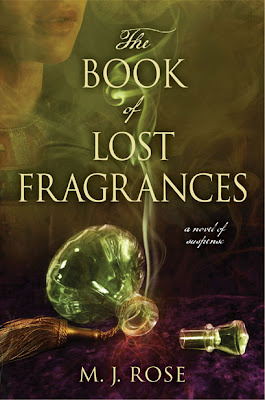
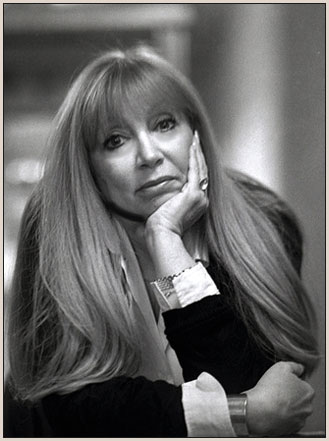 About the Author:
About the Author:
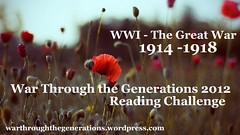

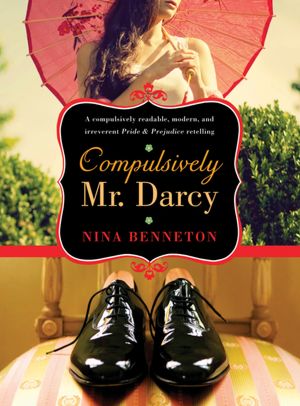
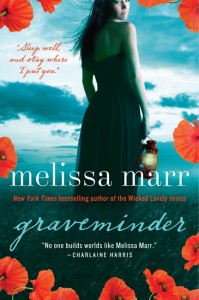
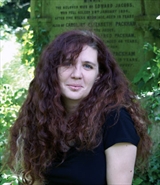 About the Author:
About the Author:


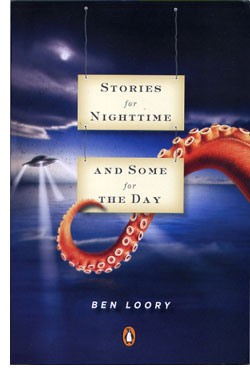
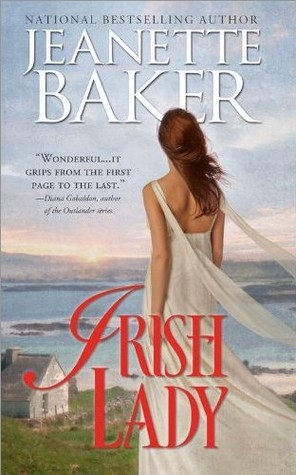
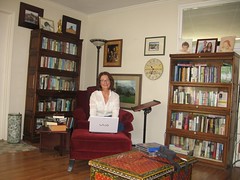 I love color and my space reflects it. My chair and ottoman are a deep garnet-red. A chest hand painted in gold, black and more red serves as a coffee table for my tea habit and the shelves of my bookcases are painted a dark, lacquered green. Even more than writing, reading is my passion. I surround myself with books, hundreds and hundreds of books, written by authors who inspire me, as well as photos of my family to remind me of my focus, and prints of Ireland and Scotland, the settings for many of my novels.
I love color and my space reflects it. My chair and ottoman are a deep garnet-red. A chest hand painted in gold, black and more red serves as a coffee table for my tea habit and the shelves of my bookcases are painted a dark, lacquered green. Even more than writing, reading is my passion. I surround myself with books, hundreds and hundreds of books, written by authors who inspire me, as well as photos of my family to remind me of my focus, and prints of Ireland and Scotland, the settings for many of my novels.


